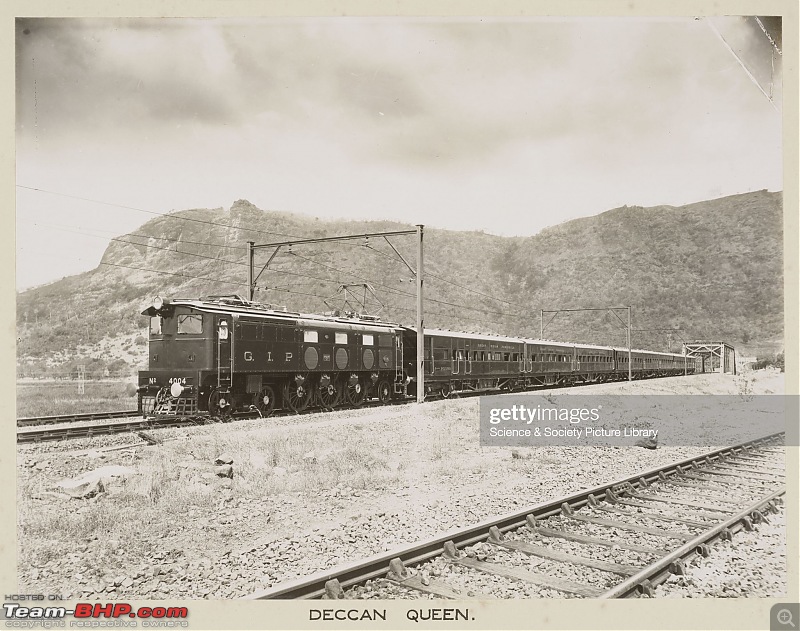| | #1 |
| BHPian Join Date: Jan 2015 Location: Pune
Posts: 973
Thanked: 7,675 Times
| |
| |  (58)
Thanks (58)
Thanks
|
| |
| | #2 |
| BHPian | |
| |  (1)
Thanks (1)
Thanks
|
| | #3 |
| Distinguished - BHPian  Join Date: Aug 2011 Location: Bangalore
Posts: 4,792
Thanked: 19,190 Times
| |
| |  (4)
Thanks (4)
Thanks
|
| | #4 |
| BHPian Join Date: Jan 2015 Location: Pune
Posts: 973
Thanked: 7,675 Times
| |
| |  (4)
Thanks (4)
Thanks
|
| | #5 |
| Senior - BHPian Join Date: Oct 2014 Location: MH02 to MH46
Posts: 1,666
Thanked: 6,906 Times
| |
| |  (23)
Thanks (23)
Thanks
|
| | #6 |
| BHPian Join Date: Mar 2013 Location: Bangalore
Posts: 241
Thanked: 3,398 Times
| |
| |  (2)
Thanks (2)
Thanks
|
| | #7 |
| Distinguished - BHPian  | |
| |  (2)
Thanks (2)
Thanks
|
| | #8 |
| BHPian Join Date: Nov 2020 Location: Mumbai
Posts: 78
Thanked: 196 Times
| |
| |  (2)
Thanks (2)
Thanks
|
| | #9 |
| Senior - BHPian Join Date: Sep 2012 Location: Pune
Posts: 1,194
Thanked: 4,711 Times
| |
| |  (3)
Thanks (3)
Thanks
|
| | #10 |
| BHPian Join Date: Sep 2009 Location: Mumbai
Posts: 98
Thanked: 109 Times
| |
| |  (4)
Thanks (4)
Thanks
|
| | #11 |
| BHPian Join Date: Jun 2010 Location: Pune
Posts: 27
Thanked: 70 Times
| |
| |  (3)
Thanks (3)
Thanks
|
| |
| | #12 |
| Senior - BHPian | |
| |  (2)
Thanks (2)
Thanks
|
| | #13 |
| Distinguished - BHPian  | |
| |  (5)
Thanks (5)
Thanks
|
| | #14 |
| Distinguished - BHPian  Join Date: Jul 2011 Location: Bombay
Posts: 2,041
Thanked: 17,064 Times
| |
| |  (3)
Thanks (3)
Thanks
|
| | #15 |
| BHPian Join Date: Oct 2014 Location: Somewhere in MH
Posts: 698
Thanked: 2,884 Times
| |
| |  (5)
Thanks (5)
Thanks
|
 |
Most Viewed





















 ) was a priority, Deccan Queen had the original livery of Blue and white much before it became a norm for all trains between Pune and Bombay. The Deccan Queen has a separate fanbase and many commuters have bonded with each other well beyond their usual travel times!
) was a priority, Deccan Queen had the original livery of Blue and white much before it became a norm for all trains between Pune and Bombay. The Deccan Queen has a separate fanbase and many commuters have bonded with each other well beyond their usual travel times! 

